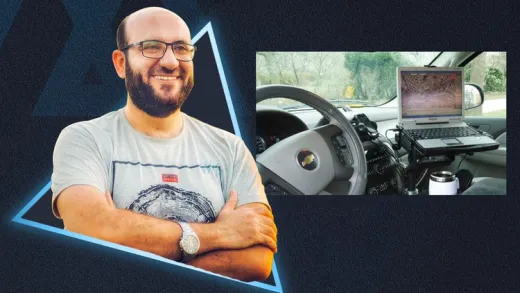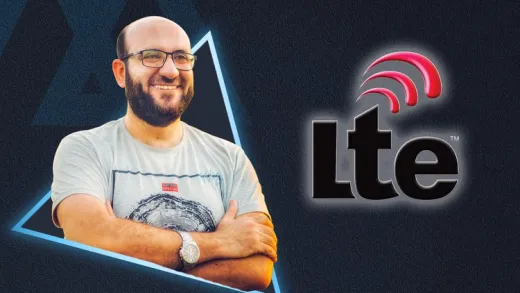About This Course
GSM, GPRS, EDGE, CDMA, UMTS, HSPA intro., LTE, LTE-A, LTE-A Pro. شبكات الجيل الثاني والثالث والرابع
GSM, GPRS, EDGE, CDMA, UMTS, HSPA intro., LTE, LTE-A, LTE-A Pro.
شبكات الجيل الثاني والثالث والرابع
من الألف للياء
وبكل التفاصيل العملية والنظرية
ويحتوى على
Part I: Understanding GSM, GPRS and EDGE
Fundamentals of Cellular System
GSM Network Architecture
GSM Air Interface
Digital Mobile Elements
GSM Network Protocols
GPRS and EDGE
Part II: Understanding CDMA and UMTS
Fundamentals of CDMA
UMTS Evolution and Air Interface
UMTS Network Architecture
UMTS Protocol Stack &Physical layer processing
UMTS Network Protocols
Part III: Understanding Long Term Evolution
LTE Enabling Technologies
LTE Network Architecture
LTE Radio Interface
LTE Protocol Stack
LTE Network Protocols
LTE-A & LTE-A Pro
الكورس لا يتطلب أي معلومات مسبقة ولكن فقط مبادئ عامة عن الأتصالات وما سنحتاجه سنقوم بشرحه خلال الدورة
الدورة للمبتدئين والمحترفين في مجال التصالات النقالة
الشرح باللغة العربية مشمول بالمصطلحات الأنجليزية
ومرفق العروض التقديمية للدورة
A cellular network or mobile network is a communication network where the link to and from end nodes is wireless. The network is distributed over land areas called "cells", each served by at least one fixed-location transceiver (typically three cell sites or base transceiver stations). These base stations provide the cell with the network coverage which can be used for transmission of voice, data, and other types of content. A cell typically uses a different set of frequencies from neighboring cells, to avoid interference and provide guaranteed service quality within each cell.[citation needed]
When joined together, these cells provide radio coverage over a wide geographic area. This enables numerous portable transceivers (e.g., mobile phones, tablets and laptops equipped with mobile broadband modems, pagers, etc.) to communicate with each other and with fixed transceivers and telephones anywhere in the network, via base stations, even if some of the transceivers are moving through more than one cell during transmission.
Cellular networks offer a number of desirable features:
More capacity than a single large transmitter, since the same frequency can be used for multiple links as long as they are in different cells
Mobile devices use less power than with a single transmitter or satellite since the cell towers are closer[2]
Larger coverage area than a single terrestrial transmitter, since additional cell towers can be added indefinitely and are not limited by the horizon
understand all about 2G,3G & 4G and pass any 2G interview فهم كل ما يخص الجيل الثاني والثالث والرابع من شبكات المحمول وأيضا أجتياز أي مقابلة شخصية خاصة به
Fundamentals of Cellular System
GSM Network Architecture







Badr M.
A good course for Arabs who want learn and reinforce their knowledge in telecoms.